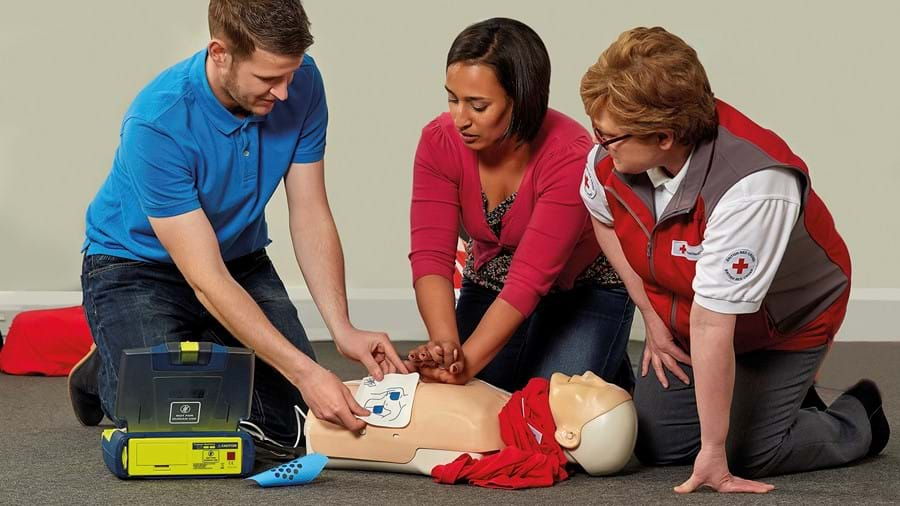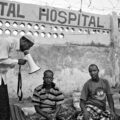Unconsciousness refers to when a person is unable to respond to people and activities. Doctors often call this a coma or being in a comatose state. Unconsciousness is generally caused by a temporary or permanent impairment of either the reticular activating system in the brainstem, both cerebral hemispheres, or bilateral thalami. The causes of an unconscious patient can be differentiated into structural pathology local to the brain, or systemic pathology.
Other changes in awareness can occur without becoming unconscious. These are called altered mental status or changed mental status. They include sudden confusion, disorientation, or stupor.
Unconsciousness or any other sudden change in mental status must be treated as a medical emergency.
What Are the Major Causes of Unconsciousness?
Unconsciousness can be caused by nearly any major illness or injury. It can also be caused by a substance (drug) and alcohol use. Choking on an object can result in unconsciousness as well.
Brief unconsciousness (or fainting) is often a result of dehydration, low blood sugar, or temporary low blood pressure. It can also be caused by serious heart or nervous system problems. A doctor will determine if the affected person needs tests.
Other causes of fainting include straining during a bowel movement (vasovagal syncope), coughing very hard, or breathing very fast (hyperventilating).
What Are the Symptoms of Unconsciousness?
The person will be unresponsive (does not respond to activity, touch, sound, or other stimulation).
The following symptoms may occur after a person has been unconscious:
- Amnesia for (not remembering) events before, during, and even after the period of unconsciousness
- Confusion
- Drowsiness
- Headache
- Inability to speak or move parts of the body (stroke symptoms)
- Lightheadedness
- Loss of bowel or bladder control (incontinence)
- Rapid heartbeat (palpitations)
- Slow heartbeat
- Stupor (severe confusion and weakness)
If the person is unconscious from choking, symptoms may include:
- Inability to speak
- Difficulty breathing
- Noisy breathing or high-pitched sounds while inhaling
- Weak, ineffective coughing
- Bluish skin color
Being asleep is not the same as being unconscious. A sleeping person will respond to loud noises or a gentle shaking. An unconscious person will not.
How to Perform First Aid For An Unconsciousness Person
Being unconscious is a medical emergency. It is essential for the bystander or the person to know what to do while providing first aid to the unconscious person.
If someone is awake but less alert than usual, ask a few simple questions, such as:
- What is your name?
- What is the date?
- How old are you?
Wrong answers or not being able to answer the question suggest a change in mental status.
If a person is unconscious or has a change in mental status, follow these first aid steps:
- Call or tell someone to call 911.
- Check the person’s airway, breathing, and pulse frequently. If necessary, begin CPR.
- If the person is breathing and lying on their back, and you do not think there is a spinal injury, carefully roll the person toward you onto their side. Bend the top leg so both hip and knee are at right angles. Gently tilt their head back to keep the airway open. If breathing or pulse stops at any time, roll the person onto their back and begin CPR.
- If you think there is a spinal injury, leave the person where you found them (as long as breathing continues). If the person vomits, roll the entire body at one time to their side. Support their neck and back to keep the head and body in the same position while you roll.
- Keep the person warm until medical help arrives.
- If you see a person fainting, try to prevent a fall. Lay the person flat on the floor and raise their feet about 12 inches (30 centimeters).
- If fainting is likely due to low blood sugar, give the person something sweet to eat or drink only when they become conscious.
If the person is unconscious from choking:
- Begin CPR. Chest compressions may help dislodge the object.
- If you see something blocking the airway and it is loose, try to remove it. If the object is lodged in the person’s throat, DO NOT try to grasp it. This can push the object farther into the airway.
- Continue CPR and keep checking to see if the object is dislodged until medical help arrives.
DO NOT
- DO NOT give an unconscious person any food or drink.
- DO NOT leave the person alone.
- DO NOT place a pillow under the head of an unconscious person.
- DO NOT slap an unconscious person’s face or splash water on their face to try to revive them.
When to Contact a Medical Professional
Call 911 if the person is unconscious and:
- Does not return to consciousness quickly (within a minute)
- Has fallen down or been injured, especially if they are bleeding
- Has diabetes
- Has seizures
- Has lost bowel or bladder control
- Is not breathing
- Is pregnant
- Is over age 50
Call 911 if the person regains consciousness, but:
- Feels chest pain, pressure, or discomfort, or has a pounding or irregular heartbeat
- Cannot speak, has vision problems, or cannot move their arms and legs
Prevention
To prevent becoming unconscious or fainting:
- Avoid situations where your blood sugar level gets too low.
- Avoid standing in one place too long without moving, especially if you are prone to fainting.
- Get enough fluid, particularly in warm weather.
- If you feel like you are about to faint, lie down or sit with your head bent forward between your knees.
If you have a medical condition, such as diabetes, always wear a medical alert necklace or bracelet. ALSO READ: Qualities of A Good First Aider





